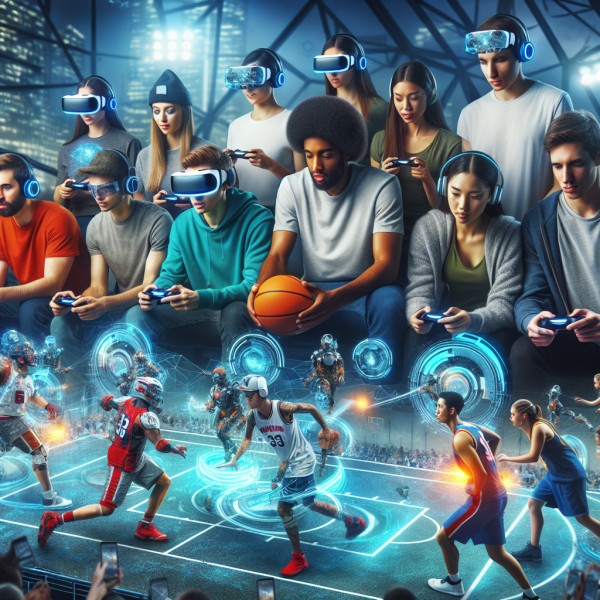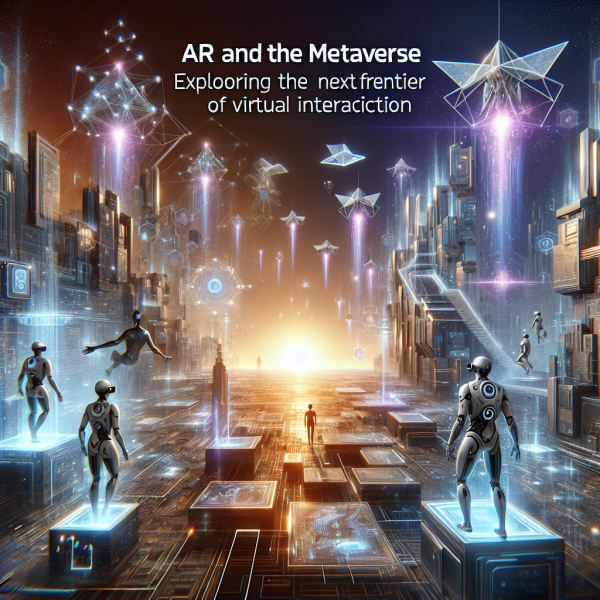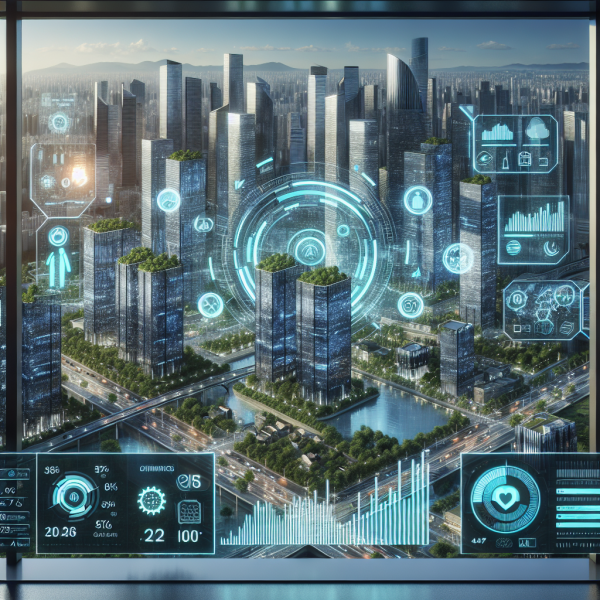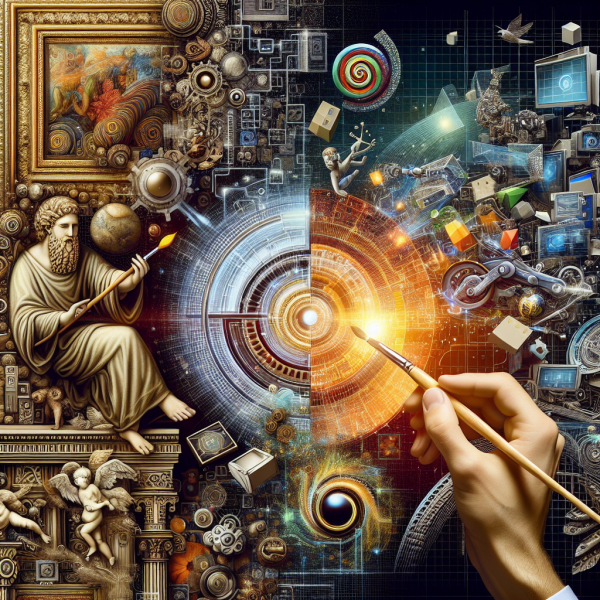Augmented Reality for Good: Innovative Solutions to Global Challenges
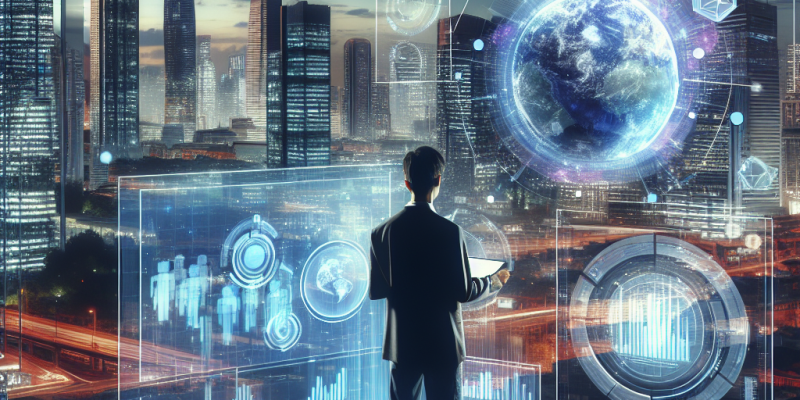
In an era where technology has become an intrinsic part of our daily lives, Augmented Reality (AR) emerges as a powerful tool not just for entertainment or marketing, but for real-world change. From education to healthcare and environmental sustainability, AR has the potential to address some of the most pressing global challenges.
Understanding Augmented Reality
Augmented Reality overlays digital information onto the real world, enhancing our perception of our surroundings. Unlike Virtual Reality (VR), which immerses users in entirely computer-generated environments, AR retains the real-world context while enriching it with digital elements. This unique ability makes AR particularly effective in various applications, aiding both awareness and action.
Transforming Education
Education is one of the most impactful areas where AR is making a difference. Traditional teaching methods often struggle to engage students, but AR transforms static lessons into dynamic experiences.
-
Interactive Learning: By using AR applications, students can visualize complex subjects like science and mathematics. For instance, a biology student might see a 3D model of the human anatomy right on their desk, allowing for a deeper understanding of organ systems.
-
Remote Learning: AR has become invaluable in remote or under-resourced areas. Educational content can be accessed through smartphones, promoting self-directed learning that transcends geographical barriers.
-
Cultural Heritage: AR apps can bring history to life by providing interactive scenes from the past, making cultural education more engaging and relevant for young learners.
Enhancing Healthcare
The healthcare sector is witnessing a revolution fueled by augmented reality technology, improving patient outcomes and training methods.
-
Surgical Assistance: Surgeons can overlay critical information on patients during procedures, thereby enhancing precision. For example, AR can help visualize a patient’s internal anatomy in real-time, facilitating better decision-making during complex surgeries.
-
Patient Education: AR applications enable patients to see their conditions and treatment pathways in a clearer manner. This understanding encourages informed consent and helps alleviate anxiety around procedures.
-
Mental Health Support: AR environments can serve therapeutic purposes for individuals struggling with anxiety, PTSD, or phobias, providing exposure therapy in a controlled manner.
Tackling Environmental Challenges
As the world grapples with climate change and environmental degradation, AR offers innovative solutions to promote awareness and action.
-
Urban Planning: By overlaying projections of future developments on current landscapes, AR aids city planners and communities in visualizing the potential impact of urban projects, leading to more sustainable practices.
-
Wildlife Conservation: AR applications can help spread awareness about endangered species by allowing users to interact with virtual representations of animals and their habitats, fostering a sense of responsibility toward conservation efforts.
-
Disaster Preparedness: AR can inform communities about natural disasters, providing real-time information about evacuation routes, hazard zones, and emergency services, thus enhancing community resilience.
Fighting Societal Issues
AR is also being utilized to tackle societal issues such as poverty, inequality, and public health crises.
-
Social Impact Campaigns: Non-profits and NGOs can employ AR to amplify their messages, allowing supporters to experience the realities faced by those in need. This immersive storytelling can drive empathy and action.
-
Job Training: AR can facilitate skill development, particularly for underprivileged communities. By simulating real-world scenarios, individuals can gain valuable experience and a competitive edge in the job market.
-
Public Health Awareness: During health crises, such as the COVID-19 pandemic, AR has been used to disseminate crucial information about safety protocols, enabling communities to visualize and adhere to preventive measures.
Future Outlook
The potential applications of augmented reality for good are boundless. As this technology becomes more accessible and user-friendly, we can expect a surge in innovative solutions addressing social, environmental, and economic challenges.
Collaboration among technologists, NGOs, governments, and communities will be essential in harnessing AR’s capabilities for maximum impact. By prioritizing equity and inclusivity, we can ensure that these transformative technologies benefit everyone and promote a better future for our planet.
In conclusion, augmented reality is not just a tool for consumer engagement; it’s becoming a crucial ally in the fight against some of the world’s most significant challenges. With thoughtful implementation and widespread adoption, AR can indeed reshape our approach to global issues, fostering a more informed, compassionate, and responsible society.

